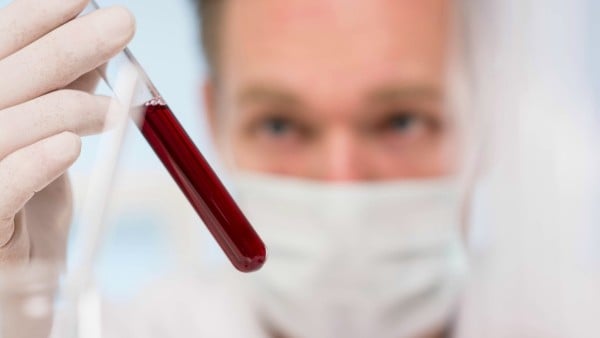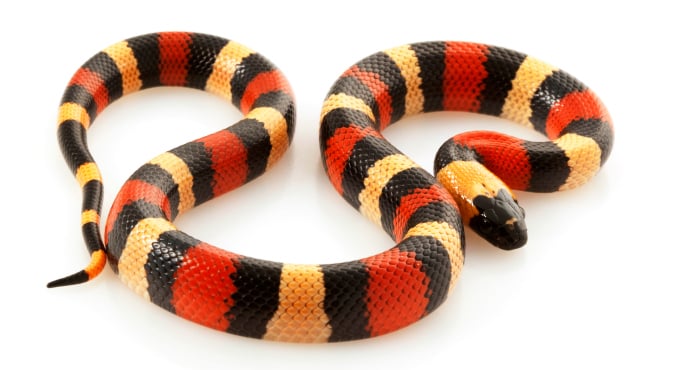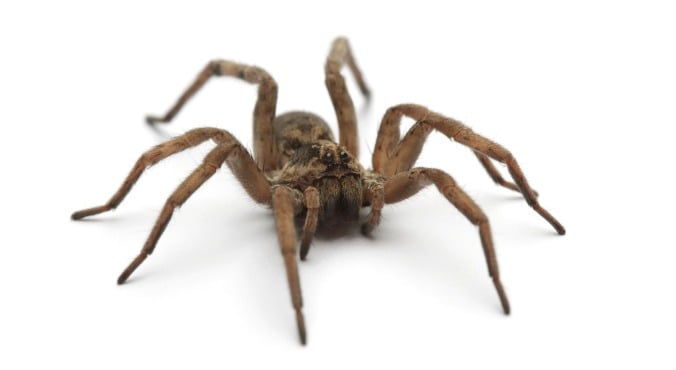
Image: Friends, Warner Bros.
By Cynthia Murray, Neuroscience Research Australia
Most people find the sight of blood or a hypodermic needle enough to cause some discomfort, but why do some people faint when faced with them? If you’re someone who finds yourself sweating about your upcoming flu jab, you might have your prehistoric ancestors to thank.
Phobias are part of the anxiety disorder family. They are thought to arise because of a learned response to a stimulus following a traumatic event (being bitten by a dog might lead to a fear of dogs), or because of intrinsic adaptive mechanisms that promote survival, which might underlie a fear of spiders or heights.
Most people are familiar with the experience of fear. It may be fear of an upcoming presentation, or of a mouse running across your kitchen floor. Fear is a basic emotion central to the experience of threat, where an animal either fights the threat or runs away.
A phobia, on the other hand, is an intense, pervasive and debilitating fear of something that might seem entirely harmless to others.
The blood-injection-injury phobia.
The blood-injection-injury phobia is a fairly common phenomenon. It is experienced by approximately 3% of the population. The phobia can be triggered by the sight of blood, by sustaining an injury, receiving an injection, or some other type of medical procedure.
All humans have a natural tendency to be squeamish in these situations, but for some people the response is more extreme. They experience a temporary spike in heart rate and blood pressure, followed by a dramatic drop. This results in skin pallour, sweating, nausea and fainting.




































































































